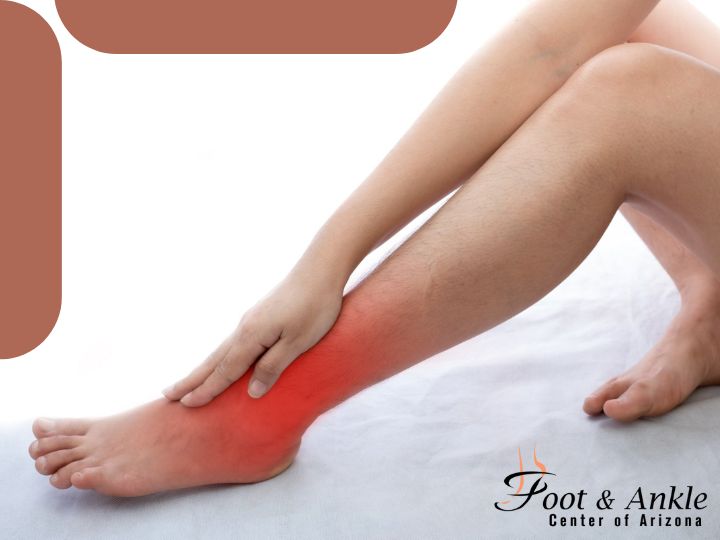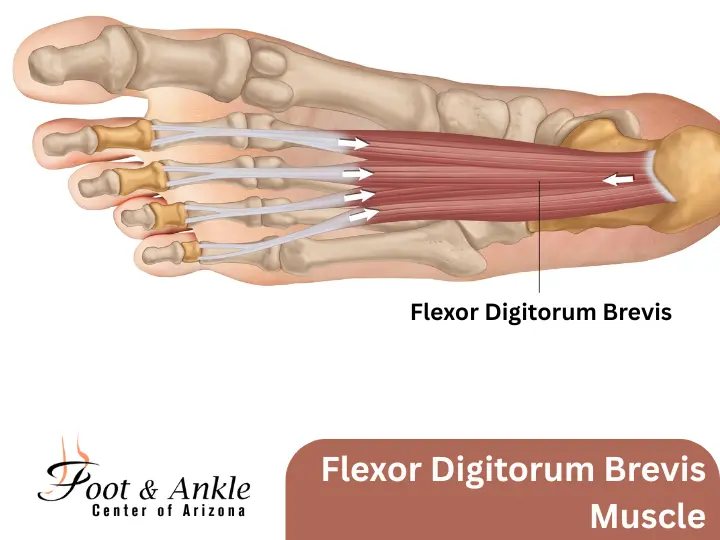Fractures of the Fifth Metatarsal, a common foot injury, can greatly affect our daily activities. This type of fracture targets the long bone on the outer part of the foot that connects to the little toe. The main types are Avulsion and Jones fractures. This article provides an in-depth look into these fractures, their symptoms, and modes of treatment.
What Is a Fifth Metatarsal Fracture?
The fifth metatarsal is a long bone on the foot’s outside that extends to the little toe. Two classifications of fractures often occur on this particular bone: avulsion fracture and Jones fracture.
Avulsion Fracture
In an avulsion fracture, a minor piece of bone is separated from the main bone segment by a tendon or ligament. This kind of fracture results from an injury where the ankle rolls. Avulsion fractures, frequently overlooked, often happen in conjunction with an ankle sprain.
Jones Fracture
Jones fractures, on the other hand, arise within a minuscule area of the fifth metatarsal. This region receives a limited blood supply, making it more prone to healing difficulties. A Jones fracture can stem from cumulative stress or trauma, manifesting as a tiny hairline break (stress fracture) or an abrupt break (acute fracture). Although less common, Jones fractures are more challenging to treat than avulsion fractures.
Meanwhile, the fifth metatarsal can also encounter other types of fractures such as midshaft fractures (resulting from trauma or twisting) and fractures of the metatarsal head and neck.
Identifying the Symptoms of a Fifth Metatarsal Fracture
Avulsion and Jones’s fractures exhibit similar signs. Watch out for notable symptoms such as:
- Pain, swelling, and tenderness on the foot’s exterior
- Difficulty walking
- Bruising
If you notice any of these, contact a foot and ankle surgeon for a proper diagnosis and prompt treatment.
Diagnosing a Fifth Metatarsal Fracture
A surgeon will determine a fifth metatarsal fracture through an analysis of how the injury occurred or when the pain surfaced. Your foot will be examined to identify pain spots. In addition, the surgeon will also demand X-rays, although further imaging studies might be necessary since a Jones fracture might not always appear on initial X-rays.
Non-surgical Treatment for Fifth Metatarsal Fracture
Before seeing a foot and ankle surgeon, initiate the RICE (Rest, Ice, Compression, and Elevation) method to manage the injury:
- Rest: Avoid walking to prevent further injury
- Ice: Apply an ice pack to the affected area every 20 minutes with a 40-minute break in between
- Compression: Use an elastic wrap to control swelling
- Elevation: Keep the foot slightly raised above heart level to lessen swelling
The surgeon might recommend non-surgical remedies for a fifth metatarsal fracture such as immobilization — using a cast, cast boot, or stiff-soled shoe to keep the foot immobile and possibly crutches to prevent weight-bearing. For some fractures, non-invasive devices providing bone stimulation may assist in promoting faster healing. This is often used for Jones fractures, either as a part of treatment or following an inadequate response to immobilization.
When Is Surgery Required?
If the fracture involves a displaced bone, multiple breaks, or hasn’t healed adequately, surgery may be necessary. The foot and ankle surgeon will determine the best treatment plan depending on the patient’s circumstances.
To sum up, fractures of the fifth metatarsal, particularly avulsion, and Jones fractures, are common injuries that need immediate treatment. Recognizing the symptoms early can expedite diagnosis and treatment, preventing further complications. Always consult a medical professional when dealing with potential fractures to ensure optimal healing. In severe cases, surgery may be a necessary step to correct the fracture and prevent future damage. Finally, remember that rest and appropriate care are the first steps towards a good recovery.





